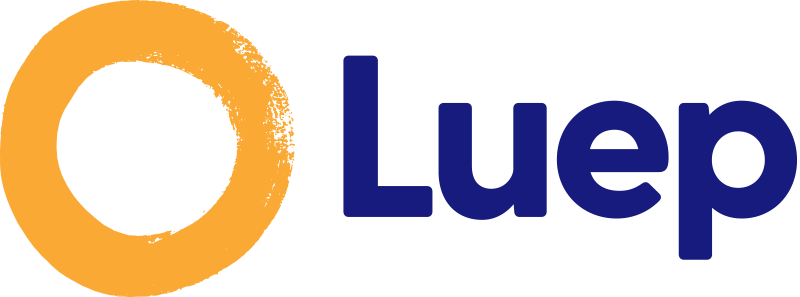Keeping employees informed and engaged is essential for a thriving and productive workforce. Traditional methods of communication, such as email newsletters and bulletin boards, are no longer sufficient in capturing the attention of busy employees. That’s where a content feed comes in.
In this blog post, we will explore the crucial role of a content feed in keeping your employees informed, connected, and engaged.
Centralized Information Hub:
A content feed serves as a centralized information hub for your employees. It consolidates updates, announcements, and relevant content in one place, making it easily accessible and reducing information overload. Employees can log in to the content feed and stay up to date with company news, important updates, policy changes, upcoming events, and more.
Real-Time Updates:
One of the key advantages of a content feed is the ability to provide real-time updates. Instead of relying on periodic email newsletters or meetings, employees can receive instant notifications and access the latest information as it happens. This ensures that they are always aware of the most current news and updates, fostering a sense of transparency and trust within the organization.
Personalized and Targeted Content
A content feed allows you to tailor content based on employees’ interests, roles, and departments. By providing personalized and targeted content, you can ensure that employees receive information that is relevant to their specific needs. This not only increases engagement but also saves employees’ time by delivering content that is most valuable to them.
Interactive and Engaging Features:
A well-designed content feed offers interactive and engaging features that go beyond simple text-based updates. It can include multimedia elements such as videos, images, and infographics to make information more visually appealing and digestible. Additionally, interactive features like polls, surveys, and comment sections encourage employee participation, feedback, and collaboration.
Two-Way Communication:
An effective content feed facilitates two-way communication between employees and management. It provides a platform for employees to ask questions, provide feedback, and engage in discussions. This open dialogue fosters a culture of transparency, empowers employees to voice their opinions, and strengthens the overall employee experience.
Remote Work Enablement:
In today’s era of remote work, a content feed becomes even more valuable. It serves as a virtual communication channel that connects remote employees with the organization’s updates and happenings. Whether employees are working from home, traveling, or in different office locations, a content feed ensures that everyone stays informed and engaged regardless of their physical location.
Measuring Engagement and Analytics:
A content feed can provide valuable insights into employee engagement. By tracking metrics such as views, likes, comments, and interactions, you can measure the effectiveness of your communication efforts and identify areas for improvement. Analytics and data-driven insights help you refine your content strategy and ensure that your messages are resonating with employees.
Embrace the power of a content feed to keep your employees informed, motivated, and connected, ultimately driving productivity and success within your organization.
Remember, selecting the right content feed platform that aligns with your organization’s needs and preferences is crucial for its successful implementation. Invest in a user-friendly and intuitive platform that integrates seamlessly with your existing communication channels, and watch how it transforms.









